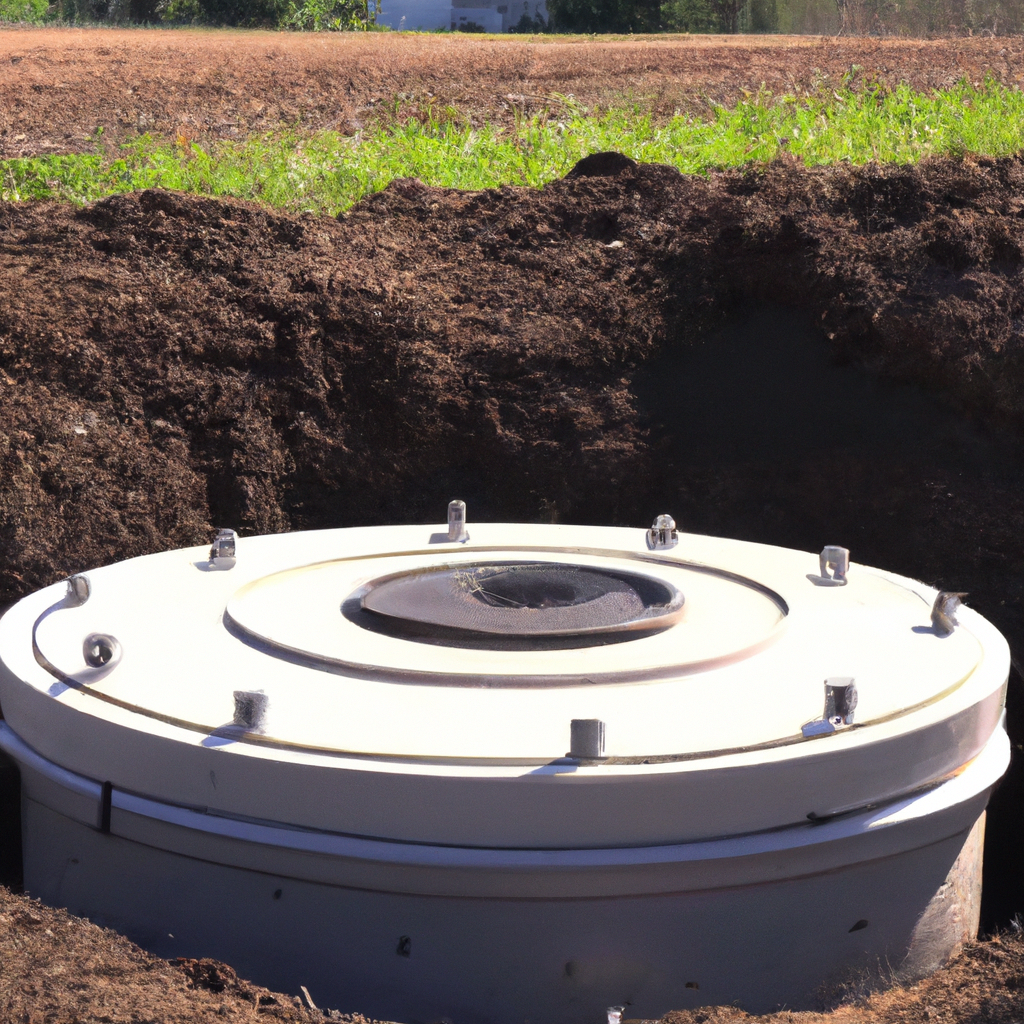Septic systems are an essential part of many rural homes and businesses, providing a safe and efficient way to treat and dispose of wastewater. A septic system is a self-contained, underground system that uses a combination of natural processes and technology to treat and dispose of sewage. In this article, we’ll explore the different components of a septic system, how they work together, and how to maintain and repair your system to ensure it functions properly.
Components of a Septic System
A septic system typically consists of three main components: a septic tank, a drain field, and connecting pipes that transport wastewater between them. Here’s how each component works:
Septic Tank: The septic tank is a large, underground container that holds the wastewater from your home or business. The tank is typically made of concrete, fiberglass, or polyethylene and has two chambers separated by a dividing wall. As wastewater enters the septic tank, solids and liquids separate. Solids settle to the bottom of the tank and form a layer of sludge, while lighter materials like grease and oil float to the top and form a layer of scum. Bacteria in the tank break down the solids over time.
Drain Field: After the wastewater has been treated in the septic tank, it flows out of the tank and into the drain field. The drain field is typically a series of underground pipes with small holes or perforations that allow the wastewater to seep into the surrounding soil. The soil acts as a natural filter, removing harmful bacteria and other pollutants before the water reaches the groundwater.
Connecting Pipes: Pipes connect the septic tank to the drain field and transport wastewater between the two. The pipes are typically made of PVC or ABS plastic and are buried underground.
How a Septic System Works
A septic system works by treating and disposing of wastewater from your home or business. Here’s how the process works:
1. Wastewater from your home or business enters the septic tank through a pipe.
2. Solids settle to the bottom of the tank, forming a layer of sludge. Bacteria in the tank break down the solids over time.
3. Lighter materials like grease and oil float to the top of the tank, forming a layer of scum.
4. Treated wastewater flows out of the tank and into the drain field through connecting pipes.
5. The drain field filters the wastewater through the surrounding soil, removing harmful bacteria and other pollutants.
6. Clean water is eventually returned to the groundwater supply.
Septic Maintenance
Proper septic maintenance is essential to ensure your system functions properly and lasts for years. Here are some tips for maintaining your septic system:
1. Pump your septic tank every 3-5 years, depending on the size of your tank and the number of people in your household. This will remove the layer of sludge that accumulates in the tank over time.
2. Be careful about what you flush down the toilet and pour down the drain. Avoid flushing anything other than human waste and toilet paper. Don’t pour grease, oil, or other chemicals down the drain.
3. Conserve water to reduce the amount of wastewater your septic system has to handle. Fix leaky faucets and toilets, and use low-flow showerheads and toilets.
4. Have your septic system inspected regularly by a professional. A septic inspection can catch problems early and prevent costly repairs.
Septic Repair
Even with proper maintenance, septic systems can sometimes fail or malfunction. Here are some signs that your septic system may need repair:
1. Slow draining sinks or toilets.
2. Gurgling sounds in the plumbing.
3. Foul odors in your home or yard.
4. Wet or soggy areas in your yard around the drain field.
If you notice any of these signs, it’s important to call a professional septic repair company right away. Delaying repairs can lead to more extensive damage and costly repairs.
Conclusion
In conclusion, septic systems are an important part of many rural homes and businesses. Understanding how they work and how to maintain and repair them can ensure your system functions properly and lasts for years. Regular septic maintenance, including pumping your tank every 3-5 years, conserving water, and having your system inspected regularly, can help prevent costly repairs and keep your system running smoothly. If you notice any signs of septic system failure, such as slow draining sinks or foul odors, it’s important to call a professional septic repair company right away to address the issue.







